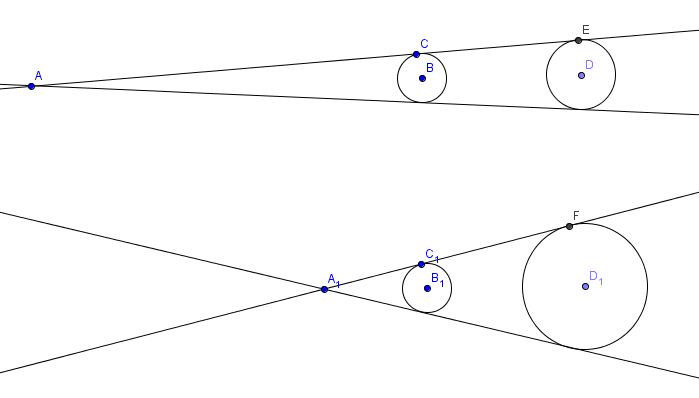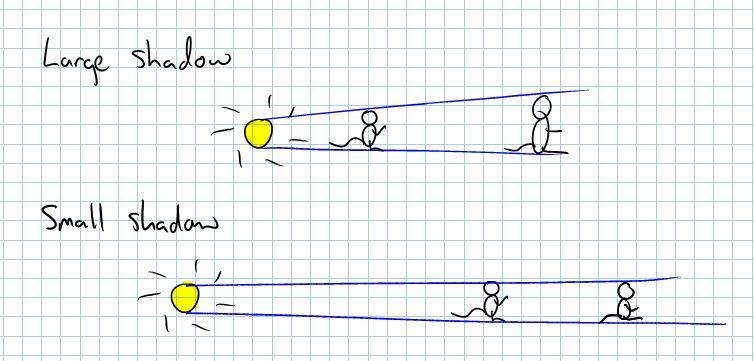Now I’ll admit that picking on a children’s book and film is pretty poor but then perhaps the producers of these should make sure that their science is consistent. I am happy for books and tv shows to make changes to a rule of physics and then follow the consequences. For instance, The Octonauts seem to have no need of decompression when they do their deep dives, they also have open water in the Octopod which means the whole pod is pressurised, this, technologically is possible but very hard.
For some reason, the story of the Gruffalo’s Child has really piqued my criticism micro-chip. I’m happy for a creature called the gruffalo and I’m happy with talking animals and I can cope with an intelligent mouse. One, tiny scene has really bugged me though. Towards the end of the Gruffalo’s Child, SPOILER ALERT, the mouse climbs a tree and uses his huge shadow from the moonlight to scare the gruffalo child into thinking that there is a huge mouse who eats gruffalo. This size of shadow is impossible. The moon is so far away that any shadow on the ground will be, effectively, lifesize and so the size of the actual mouse. Perhaps, if the gruffalo child understood some basic physics it would have stayed in the wood and eaten the cocky mouse.
The diagram shows how the distance of the object from light source and the distance to the image are important in determining the size of the image. The mouse is so far from the moon’s light it will not be able to make a bigger shadow.
The above diagram shows that if the light source (A) is far from and object (circle BC) then the shadow thrown (circle DE) is small. Whereas, if the light source (A1) is close the object (circle B1C1) then the shadow is large (circle D1F). My original drawing is below:
I have since had some criticism from the USA about this post and I have included the text of the email here:
Dear Sir
I refer to your fooyah posting of January 9th, concerning the shadow-casting abilities of an intelligent mouse. I wish to point out that shadow up-scaling would be possible if the light rays reflected by the moon were partially obscured or reflected (perhaps by some dense foliage) thereby creating a quasi point source of illumination. The point source’s proximity to the subject mouse could then produce an enlarged, not to say terrifying, shadow.
Just saying.
I have to agree and I replied saying that before I wrote this post I had thought about water droplets focusing the moon’s light to create a light source close to the mouse. I’d then forgotten this side of the argument. In fact a frozen, pure, droplet that had grown in size with succesive layers of water freezing on it without boundary layers (one continuous freeze whilst growing) could create a lens that would allow for the size of the mouse’s shadow. Diagram to follow if I can be bothered.


